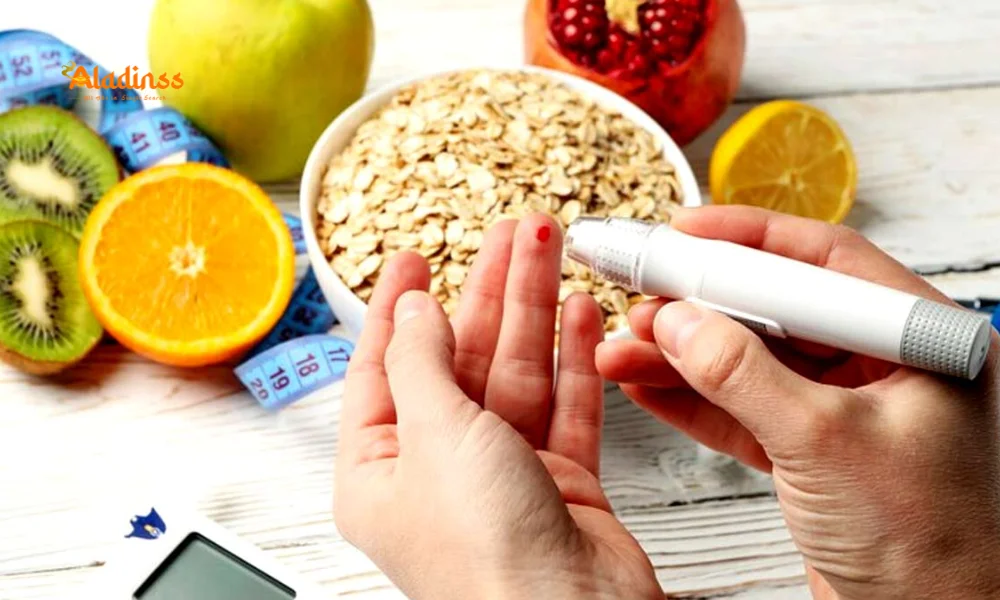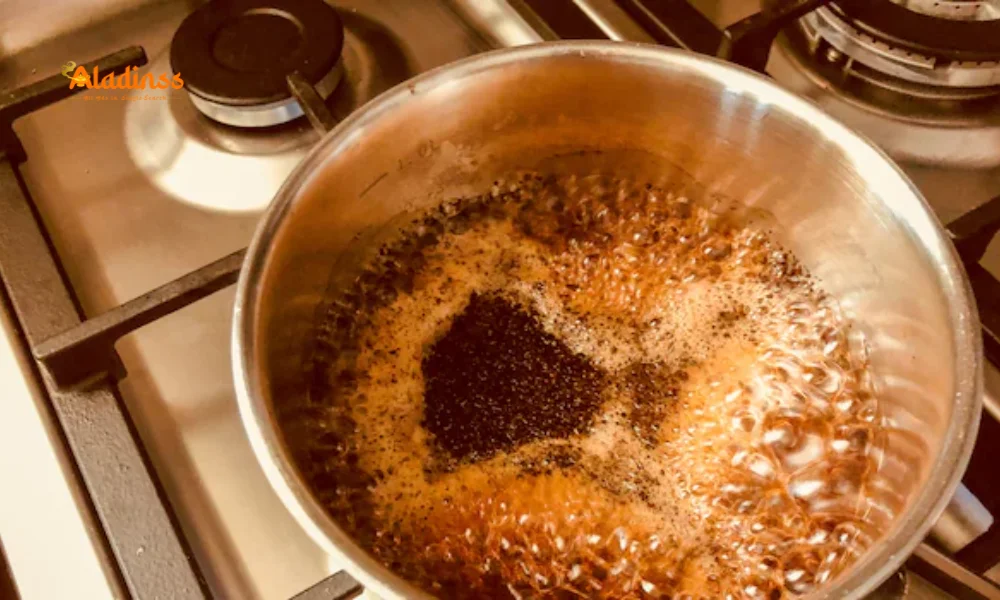3 Simple Tricks to Reduce Blood Sugar Spikes After Meals

3 Simple Tricks to Reduce Blood Sugar Spikes After Meals
Managing blood sugar levels is crucial for overall health, especially when dealing with diabetes prevention and insulin resistance. Many people experience that familiar post-meal fatigue from glucose spikes, which can contribute to type 2 diabetes risks and heart disease over time. Research highlights how postprandial glucose excursions play a key role in long-term complications, making it essential to focus on strategies for blood sugar management beyond just fasting readings. The good news? Simple lifestyle adjustments can help lower blood sugar after eating without major overhauls. In this guide, we'll explore practical tips like targeted exercises and dietary tweaks to improve glucose handling and reduce post-meal insulin demands. Whether you're aiming to prevent diabetes or fine-tune your routine, these evidence-based methods offer a natural path forward.
Understanding blood sugar spikes starts with knowing how meals trigger rapid rises in blood glucose, prompting insulin release to shuttle sugar into cells. For those with prediabetes or type 2 diabetes, these fluctuations can strain the body, leading to hyperglycemia and metabolic issues. Studies show that consistent postprandial hyperglycemia increases cardiovascular risks, underscoring the need for proactive blood glucose control. Fortunately, incorporating movement and smart eating habits can enhance insulin sensitivity, allowing muscles to absorb glucose more efficiently. By prioritizing these tricks, you can stabilize energy levels, support weight management, and lower the chances of chronic conditions. Let's dive into three effective ways to curb those spikes and promote better metabolic health.

The Soleus Pushup: Boost Glucose Uptake with Minimal Effort
One underrated gem for blood sugar management is activating the soleus muscle, a deep calf fiber that excels at metabolizing glucose without spiking heart rates. This exercise, often called the soleus pushup, involves simple heel raises that mimic resistance training, helping to draw sugar directly into muscle cells and easing the load on insulin. Ideal for those with limited mobility, it's a game-changer for reducing post-meal blood sugar levels during sedentary periods like watching TV or working at a desk.
To perform it, sit comfortably in a chair with feet flat on the floor. Lift your heels while keeping toes grounded, then lower slowly-aim for 5 to 10 minutes post-meal. This intermittent movement disrupts prolonged sitting, a known culprit in poor glucose handling. Evidence from metabolic studies indicates it can slash insulin needs by up to 30% after carb-heavy meals, while also aiding in diabetes prevention by improving overall insulin sensitivity. Unlike intense workouts, this low-impact approach suits all ages, making it a staple for long-term heart disease avoidance and metabolic health.
Beyond immediate benefits, regular soleus engagement supports broader wellness. It enhances circulation, reduces inflammation linked to hyperglycemia, and even aids weight control by burning calories quietly. For individuals monitoring type 2 diabetes risk factors, tracking how this trick influences daily blood glucose patterns can reveal personalized insights. Combine it with balanced meals to maximize effects, turning routine downtime into a powerful tool against postprandial spikes.
Walking After Eating: Optimize Timing for Peak Glucose Control
Nothing beats a post-meal stroll for natural blood sugar reduction-research consistently shows that 10 to 30 minutes of walking lowers postprandial glycemia more effectively than remaining seated. By engaging large muscle groups like the legs and core, this activity burns excess glucose as fuel, preventing sharp spikes and promoting steady energy. It's particularly potent after dinner, when evening metabolism slows, making it a smart move for insulin resistance fighters and diabetes prevention enthusiasts.
Start with a brisk 10- to 15-minute pace indoors or outdoors; extend to 20-30 minutes for amplified results. The key is timing-post-meal activity trumps pre-meal efforts, as it directly counters the glucose influx from food. Clinical trials reveal drops in blood sugar by 20-25% with consistent practice, alongside benefits like better sleep and reduced heart disease markers. For those on glucose-lowering meds or insulin, monitor closely to avoid hypoglycemia, perhaps starting slower and consulting providers.
Incorporating walks into daily routines amplifies their impact on overall metabolic health. Pair with hydration and mindful breathing to enhance circulation and stress relief, both allies in managing type 2 diabetes risks. Over time, this habit not only curbs spikes but fosters resilience against lifestyle-induced hyperglycemia, empowering sustainable wellness.
Vinegar Before Meals: Harness Acetic Acid for Glucose Stability
A tangy twist on blood sugar management? Diluted vinegar consumed pre-meal can blunt glucose responses, thanks to acetic acid slowing starch breakdown and enhancing insulin action. Studies on postprandial glucose show reductions of 20-30% with just 1-2 tablespoons mixed in water, making it an accessible hack for everyday use in combating insulin resistance and supporting diabetes prevention.
Sip it 10-15 minutes before eating to allow it to prime digestion-opt for apple cider varieties for added antioxidants. This simple ritual delays gastric emptying, curbing rapid sugar absorption and easing pancreatic workload. While promising for heart disease risk reduction, precautions matter: it may irritate the esophagus, erode tooth enamel, or interact with meds, so dilute well and seek medical advice, especially if managing type 2 diabetes.
Vinegar's role extends to broader nutrition strategies, complementing high-fiber diets for optimal glucose handling. Users report steadier energy and fewer cravings, aiding long-term metabolic balance. As with any tip, personalize it-track responses to refine your approach and maximize benefits against post-meal hyperglycemia.
Combining Tricks for Lasting Impact on Metabolic Health
Layering these methods-soleus pushups, post-meal walks, and vinegar-creates synergy for profound blood sugar control. Start small: try one per meal, gradually building to full integration. Monitor via home glucometers to witness improvements in fasting and postprandial levels, reinforcing motivation. This holistic stance not only targets spikes but fortifies against insulin resistance progression, slashing type 2 diabetes odds and bolstering cardiovascular resilience.
Lifestyle factors like stress and sleep amplify these efforts; pair with balanced plates emphasizing veggies and proteins first to further tame glucose excursions. For prediabetic individuals, such routines can delay onset, while established cases see eased symptom burdens. Remember, consistency trumps perfection-small shifts yield big metabolic wins over time.
In wrapping up, prioritizing post-meal strategies empowers proactive health stewardship. From subtle muscle activations to mindful sips, these tricks demystify blood sugar management, fostering vitality amid modern diets. Consult professionals for tailored plans, ensuring safe navigation toward peak wellness and reduced chronic disease shadows.
- Track meals and activities to spot patterns in glucose responses.
- Experiment with timings for walks and vinegar to suit your rhythm.
- Share progress with support networks for accountability.
- Reassess quarterly with healthcare teams for adjustments.
Comment / Reply From
No comments yet. Be the first to comment!






